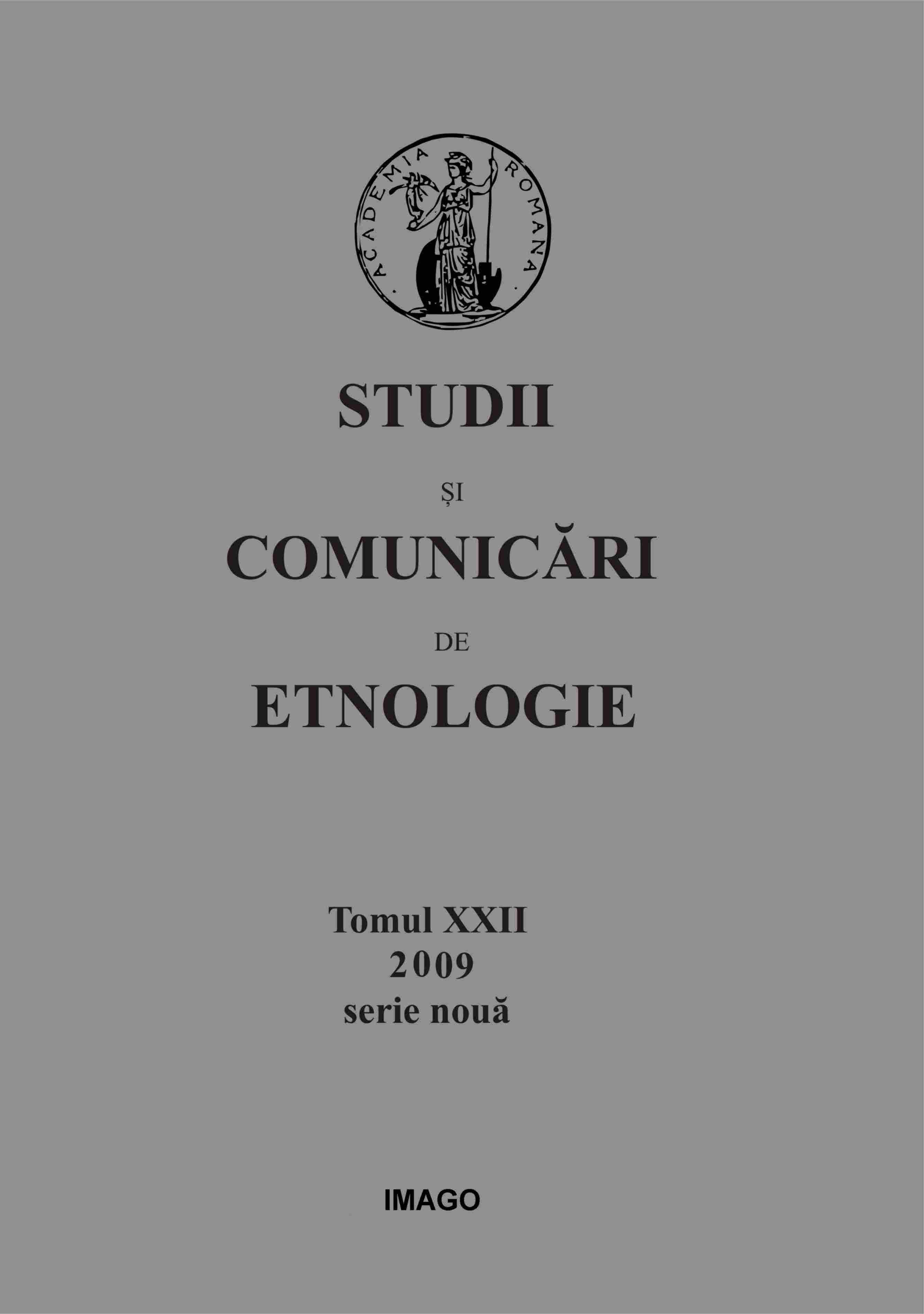Curţi de oi din zona fâneţelor de pe Valea Sebeşului
The sheep pen, „curtea de oi”, in the Sebeş Valley
Author(s): Radu TotoianuSubject(s): Architecture, Culture and social structure , Rural and urban sociology, Human Resources in Economy
Published by: ASTRA Museum
Keywords: shepherding; livestock enclosures; Sebeş Valley; Transylvania;
Summary/Abstract: Currently, in all villages of the Sebeş Valley a seasonal type of shepherding is practiced. In spring, round May 1, the sheep are grazed on private properties around the village. The flocks are then driven up to the so called colibi (shacks), the grazing land and sheep pens where they remain until the day of St. John (June 24). Then, they are taken up to the alpine area from where they come down between September 8 (Nativity of Theodokos) and September 14 (the Exaltation of the Holy Cross) and remain in the pastureland until the day of St. Dimitry (October 28) when they return to the village. The flocks winter in the lowland (la câmp) for which they set off starting with the day of St. Nicholas (December 6). This article focuses on the sheep pen, curtea de oi, as it is called in the Sebeş Valley, one of the numerous types of livestock enclosures that can be encountered in this pastureland. Two such constructions have particularly drawn our attention and represent the focus of this article: one is made of wooden beams, with a heptagonal floor plan and cone-shaped roof while the other one is quadrilateral and made of limestone.
Journal: STUDII ŞI COMUNICĂRI DE ETNOLOGIE
- Issue Year: XXIII/2009
- Issue No: 23
- Page Range: 133-140
- Page Count: 8
- Language: Romanian
- Content File-PDF

